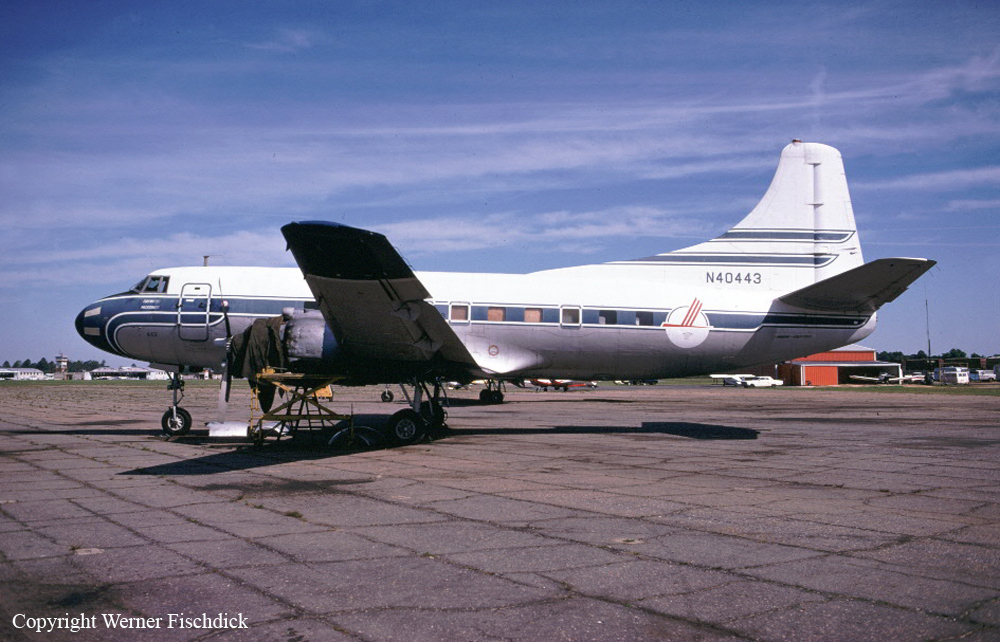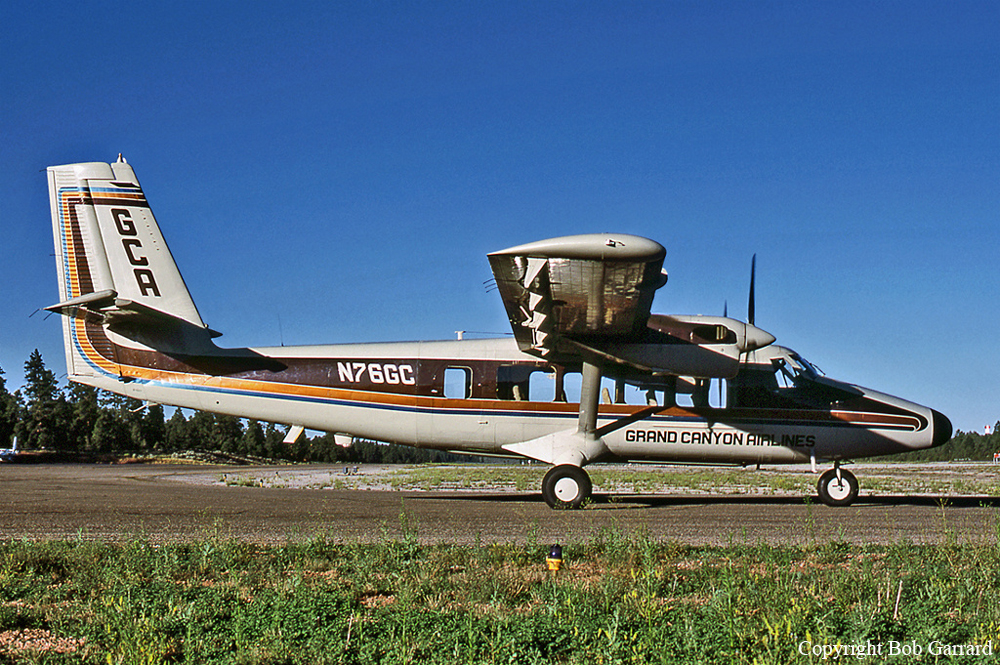Crash of a Cessna 421C Golden Eagle III in Callahan: 1 killed
Date & Time:
Aug 6, 1986 at 1115 LT
Registration:
N98998
Survivors:
No
Schedule:
Medford - Santa Rosa
MSN:
421C-0113
YOM:
1976
Crew on board:
1
Crew fatalities:
Pax on board:
0
Pax fatalities:
Other fatalities:
Total fatalities:
1
Captain / Total hours on type:
370.00
Aircraft flight hours:
2519
Circumstances:
After dropping company executives off at Medford, the pilot was to return to Santa Rosa empty. Witnesses along the 25 nm valley which ends at the accident site reported that the aircraft buzzed their locations at agl altitudes variously described as '10 feet' and 'so low you could count the rivets.' US forest services personnel near the accident site reported that the aircraft flew over their position 'just above the trees' following the slope of the mountain upward. The accident site is on a popular hiking trail the pilot's girlfriend reportedly said she would like to visit. On site examination revealed that the aircraft first contacted the upper 5 feet of the treetops in a climb attitude. No preimpact failures of the acft were identified. The pilot, sole on board, was killed.
Probable cause:
Occurrence #1: in flight collision with object
Phase of operation: climb
Findings
1. Object - tree(s)
2. (c) in-flight planning/decision - poor - pilot in command
3. (f) overconfidence in personal ability - pilot in command
4. (c) buzzing - intentional - pilot in command
5. (c) clearance - misjudged - pilot in command
----------
Occurrence #2: in flight collision with terrain/water
Phase of operation: descent - uncontrolled
Phase of operation: climb
Findings
1. Object - tree(s)
2. (c) in-flight planning/decision - poor - pilot in command
3. (f) overconfidence in personal ability - pilot in command
4. (c) buzzing - intentional - pilot in command
5. (c) clearance - misjudged - pilot in command
----------
Occurrence #2: in flight collision with terrain/water
Phase of operation: descent - uncontrolled
Final Report:





